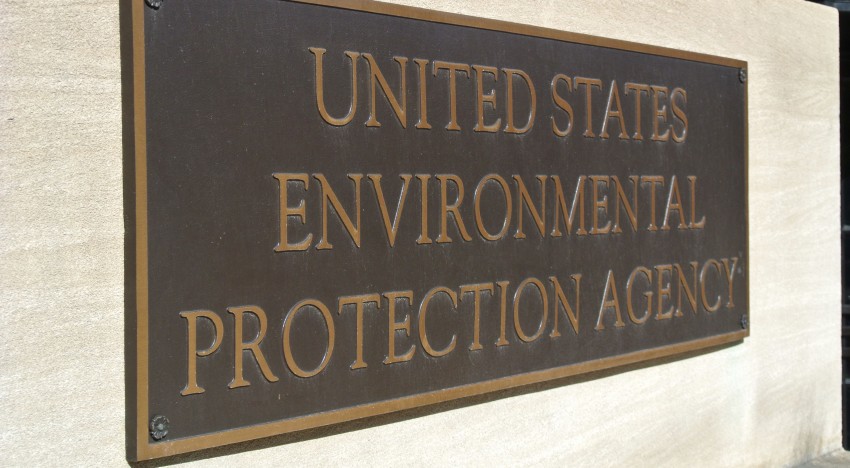“The Clean Water Act limits the federal government to regulating the “navigable waters of the United States” like the Colorado River or Lake Michigan. In 1986 the EPA expanded that definition to seize jurisdiction over tributaries and adjacent wetlands. Now it is extending federal control over just about any creek, pond, prairie pothole or muddy farm field that EPA says has a “significant nexus” to a navigable waterway.
The agency defines waters as “significant” if they are “located in whole or in part within 100 feet of the ordinary high water mark,” or, alternatively, within the 100-year floodplain and 1,500 feet of the high water mark of waters already under the government’s jurisdiction. That’s already a lot of water, but there’s more.
The EPA acknowledges that the “science available today does not establish that waters beyond those defined as ‘adjacent’” to these “significant” waters should be regulated. But forget science. The agency says its “experience and expertise” show there are “many” other waters that could have a significant downstream effect. Thus the EPA establishes an additional standard for significance that covers just about anything that’s wet.” Link

